In a world where progress often means paving over the past, a remarkable story of cultural revival unfolds along the serene banks of Virginia’s Mattaponi River. The Upper Mattaponi Tribe’s recent reacquisition of 853 acres of ancestral land, a part of the Chesapeake Bay watershed, is not just a triumph in land restoration but a beacon of hope for indigenous communities globally.
This historic event, facilitated by NOAA and supported by over $3 million in federal funding, represents more than a territorial win. It marks the tribe’s return to a landscape intrinsically tied to their identity and cultural heritage. The reclaimed land, previously a sand and gravel mine, is now poised for ecological restoration, integrating with over 3,000 acres of protected land along the Mattaponi River.
Comparatively, the Confederated Salish and Kootenai Tribes in Montana and the Rappahannock and Snoqualmie Tribes have embarked on similar journeys, reclaiming ancestral lands for conservation and cultural preservation. Such initiatives, while unique in their contexts, share a common thread of restoring indigenous sovereignty over traditional lands and reaffirming their roles as environmental stewards.
The significance of these reclamation projects extends beyond land ownership. They symbolize a reconnection with history, a restoration of disrupted ecological harmony, and a reassertion of indigenous rights. These efforts highlight the profound relationship indigenous communities have with their land – a relationship that encompasses stewardship, identity, and survival. How does the reclamation of ancestral lands reshape the narrative of indigenous communities, and what does it mean for the future of environmental conservation?
Integrating perspectives from tribal leaders, environmentalists, and policy makers offers a multifaceted understanding of these reclamation efforts. Tribal voices, like Chief Anne Richardson of the Rappahannock Tribe, resonate with emotional and cultural significance, while environmental experts emphasize the ecological importance of such initiatives. Policy makers and legal frameworks provide a context for understanding the complexities and challenges involved in these land reclamation efforts.
Each acre reclaimed tells a story of resilience and hope. The Upper Mattaponi Tribe, by restoring their ancestral land, is not only preserving their heritage but also ensuring that future generations inherit a legacy of cultural pride and environmental responsibility. The return of the eagles to Fones Cliffs, as noted by Chief Richardson, symbolizes nature’s response to these conservation efforts, a poignant reminder of the symbiotic relationship between the land and its original caretakers.
Detailing the specific efforts involved in these projects – from negotiating legal complexities to the physical restoration of lands – underscores the meticulous and multifaceted nature of land reclamation. The strategic planning, collaboration with various organizations, and the use of traditional ecological knowledge in land management highlight the depth and breadth of these initiatives.
Looking ahead, these reclamation projects offer a template for similar efforts worldwide. They not only provide a pathway for ecological restoration but also for the reconciliation of historical injustices. The increasing recognition of indigenous rights and their invaluable contribution to environmental stewardship suggests a future where cultural heritage and ecological health are intertwined and mutually reinforcing.
The Upper Mattaponi Tribe’s journey back to the Mattaponi River is more than a return to a geographical location; it’s a homecoming to a spiritual and cultural genesis. Their story, echoed by indigenous communities across the United States, is a powerful testament to the enduring spirit of a people deeply connected to their land. As we witness these communities navigate their way back to their ancestral roots, we are reminded of the universal value of heritage, the resilience of the human spirit, and the critical role indigenous stewardship plays in preserving our planet’s ecological balance.
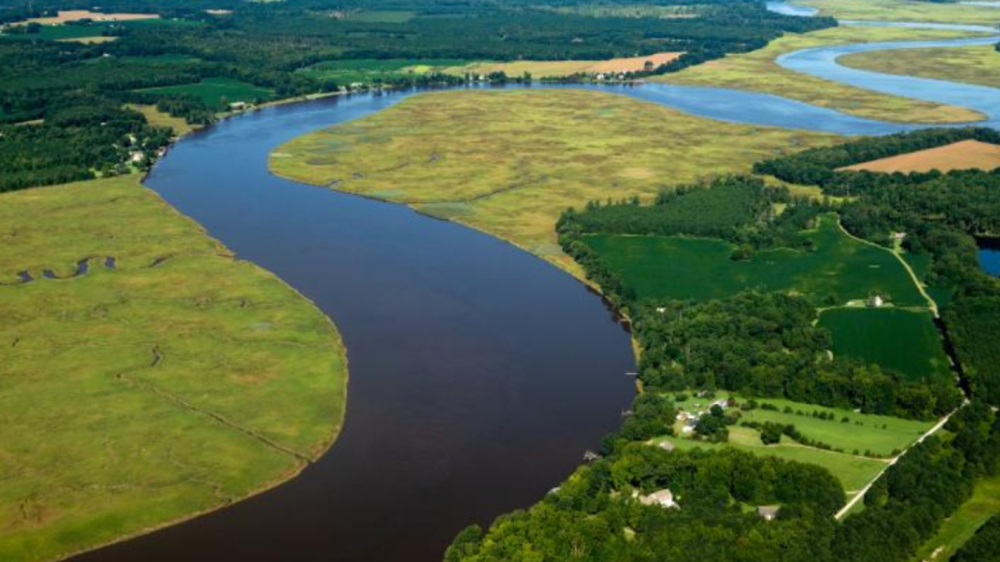



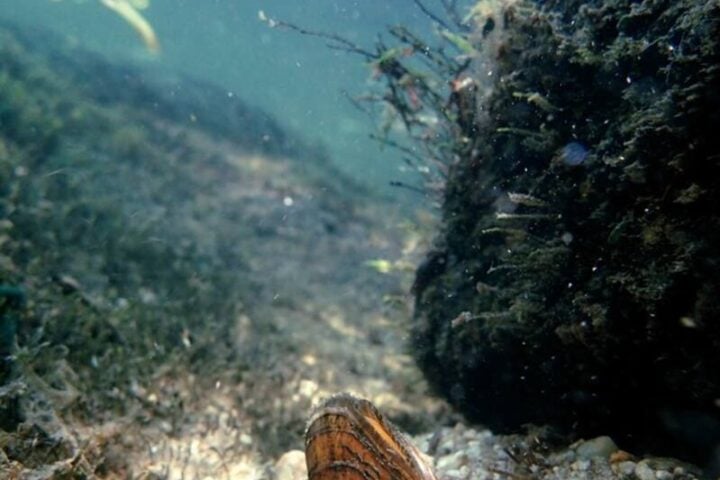

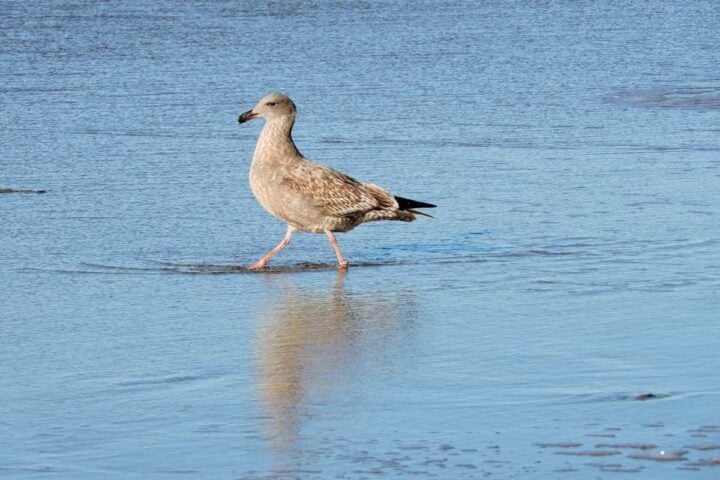

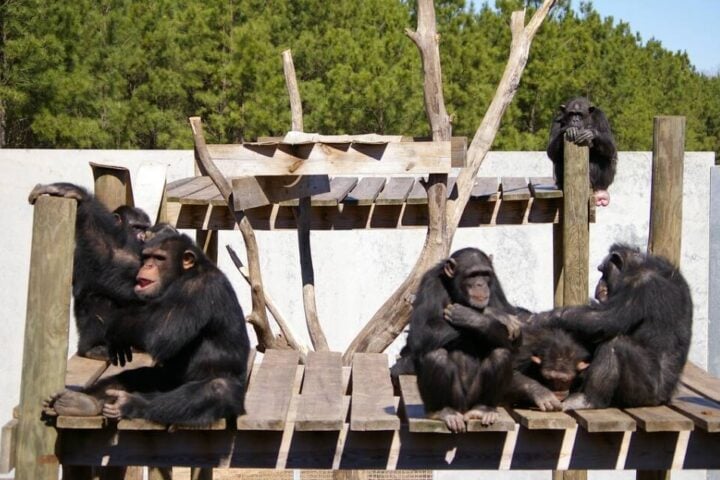



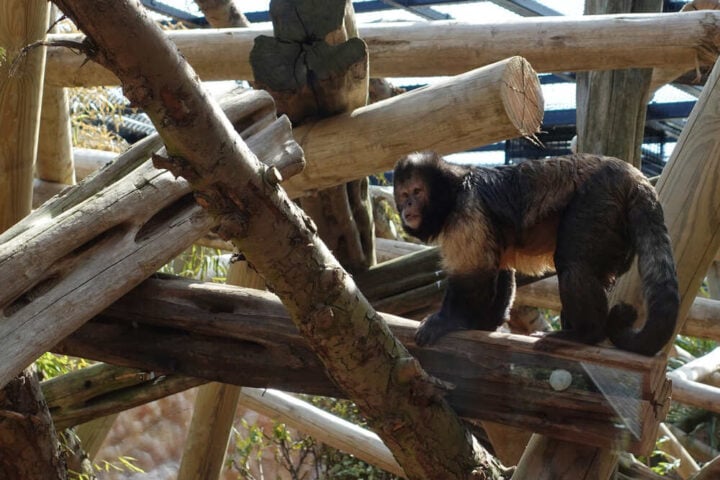


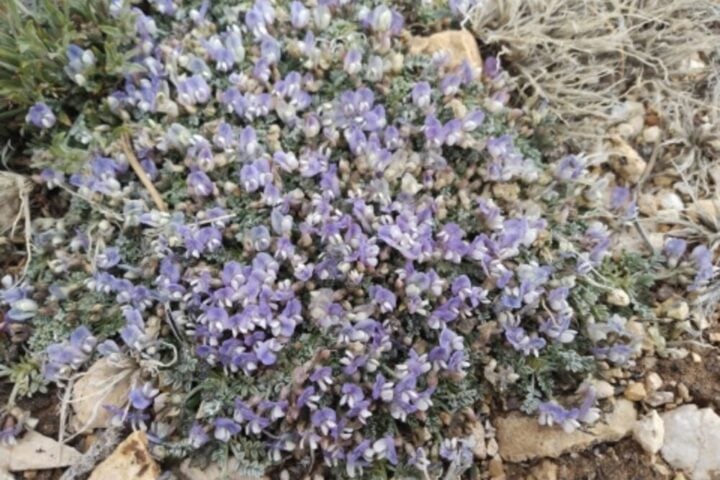
![Representative Image: European Starling [49/366]. Photo Source: Tim Sackton (CC BY-SA 2.0)](https://www.karmactive.com/wp-content/uploads/2025/04/Starlings-Drop-82-in-UK-Gardens-as-Birdwatch-2025-Reveals-Record-Low-Count-Since-1979-720x480.jpg)

